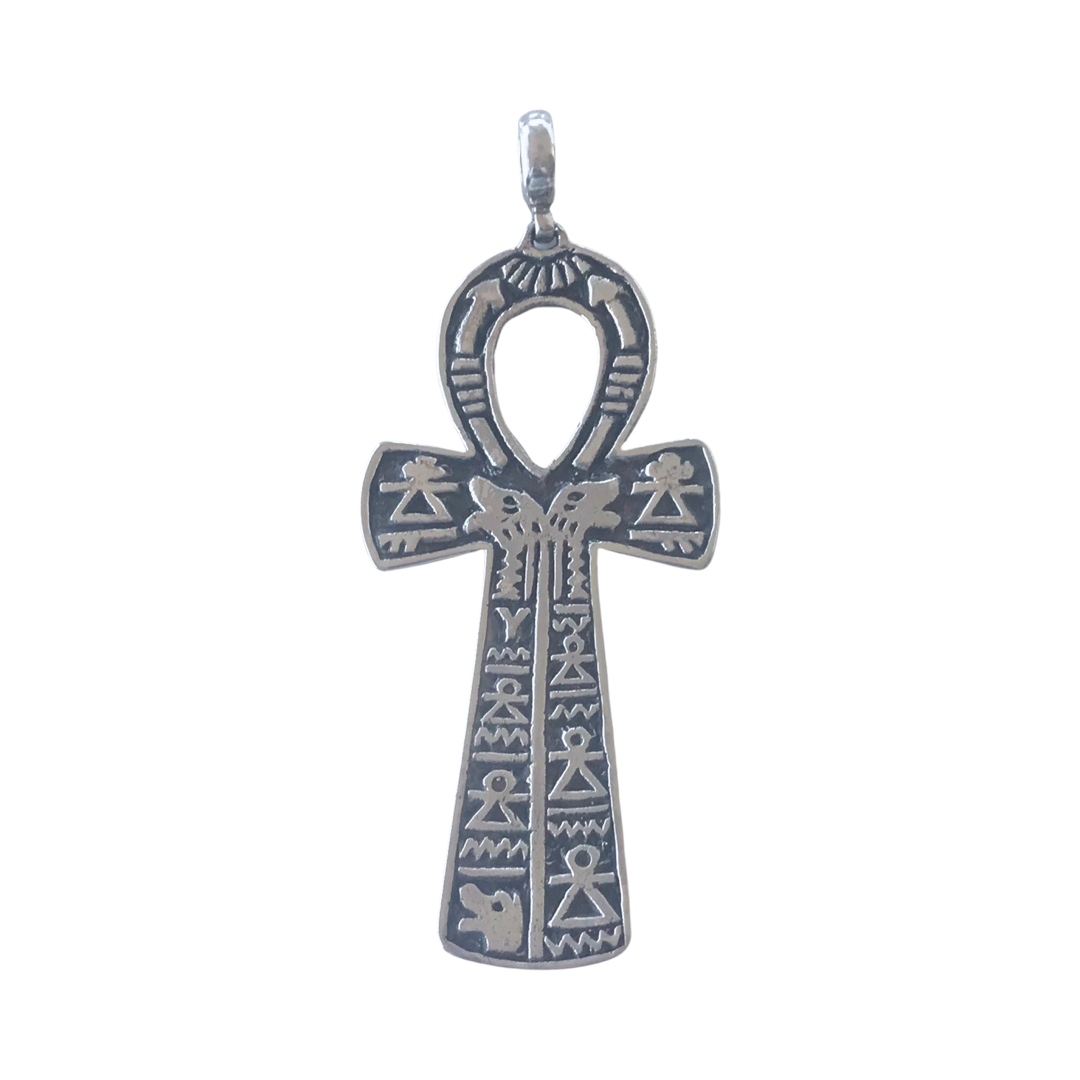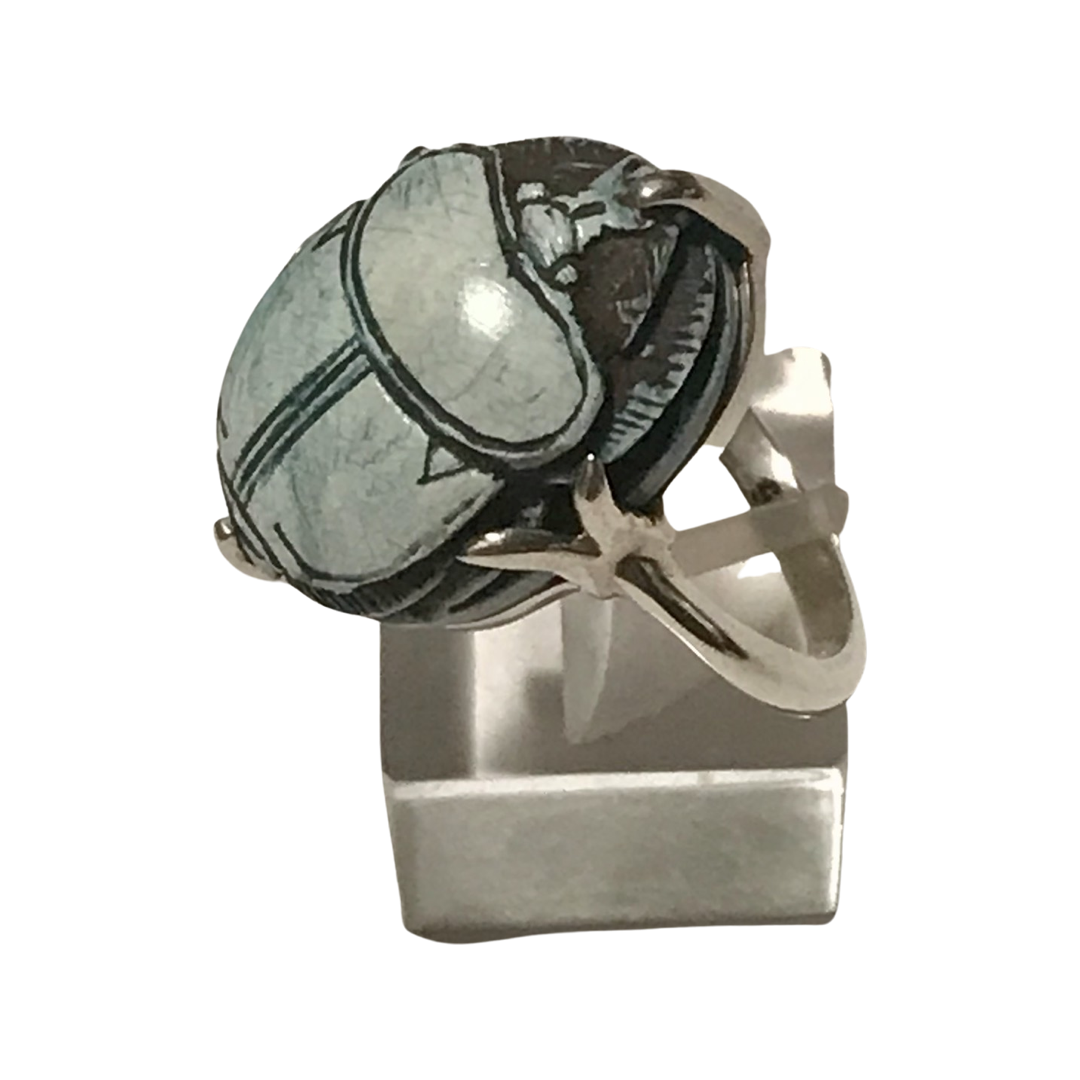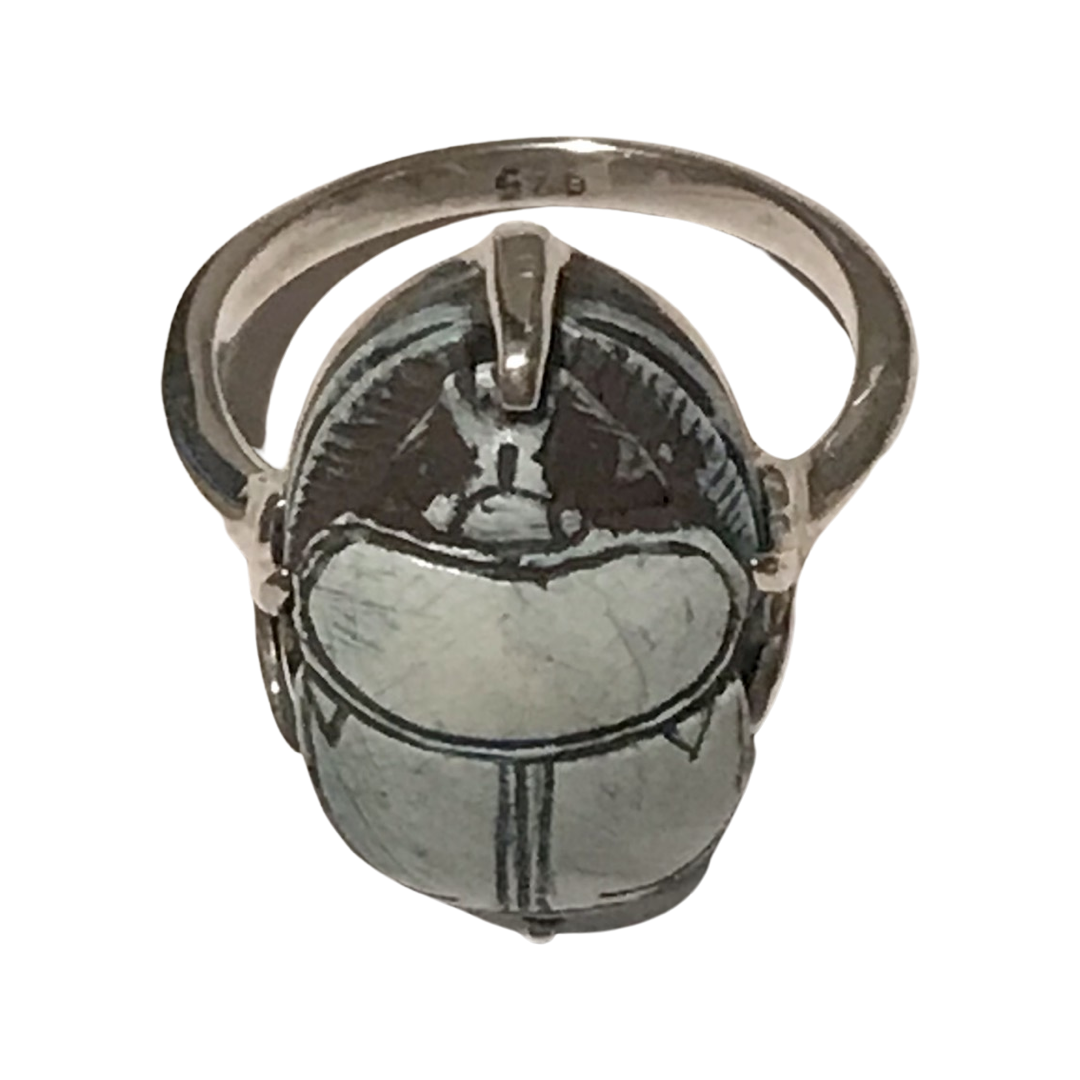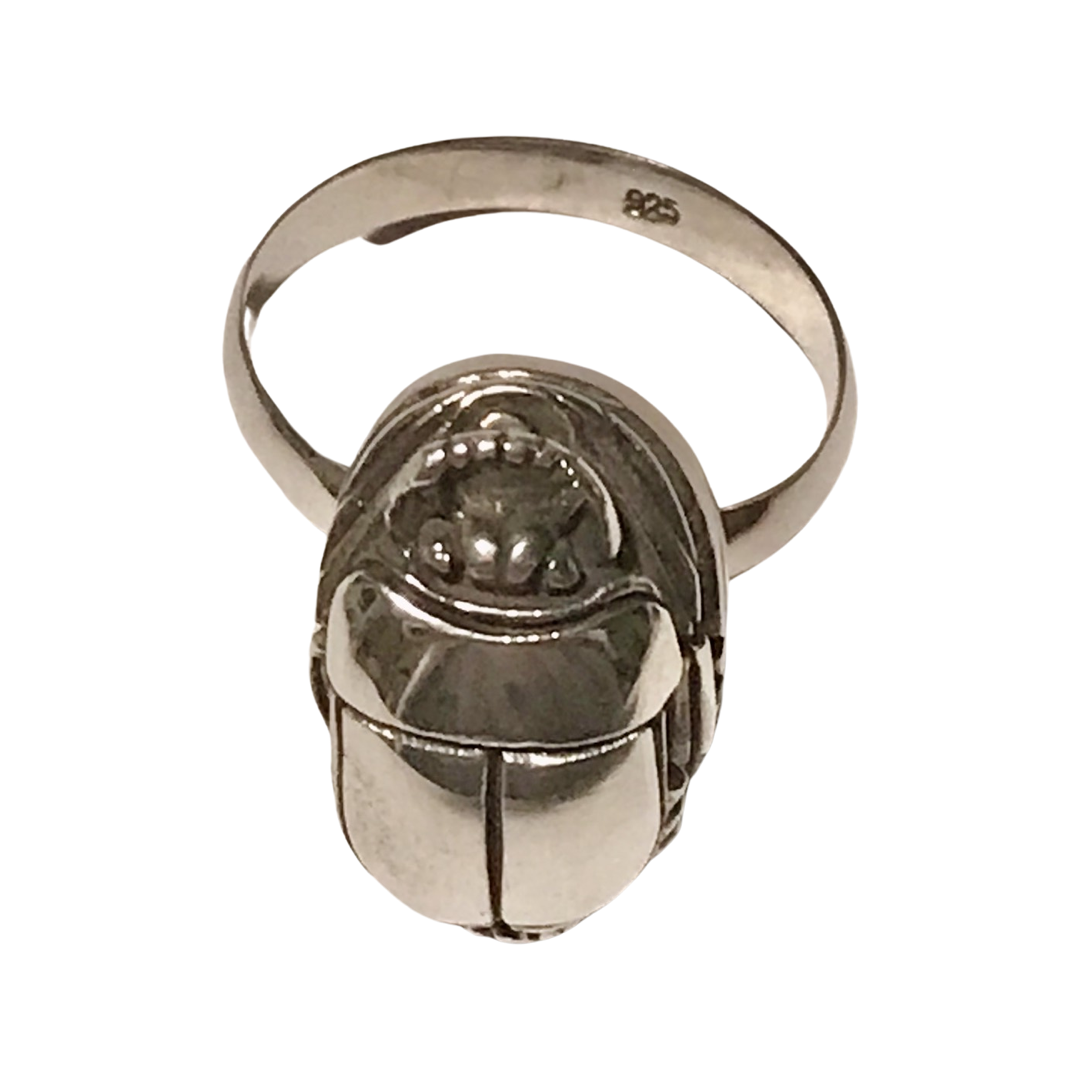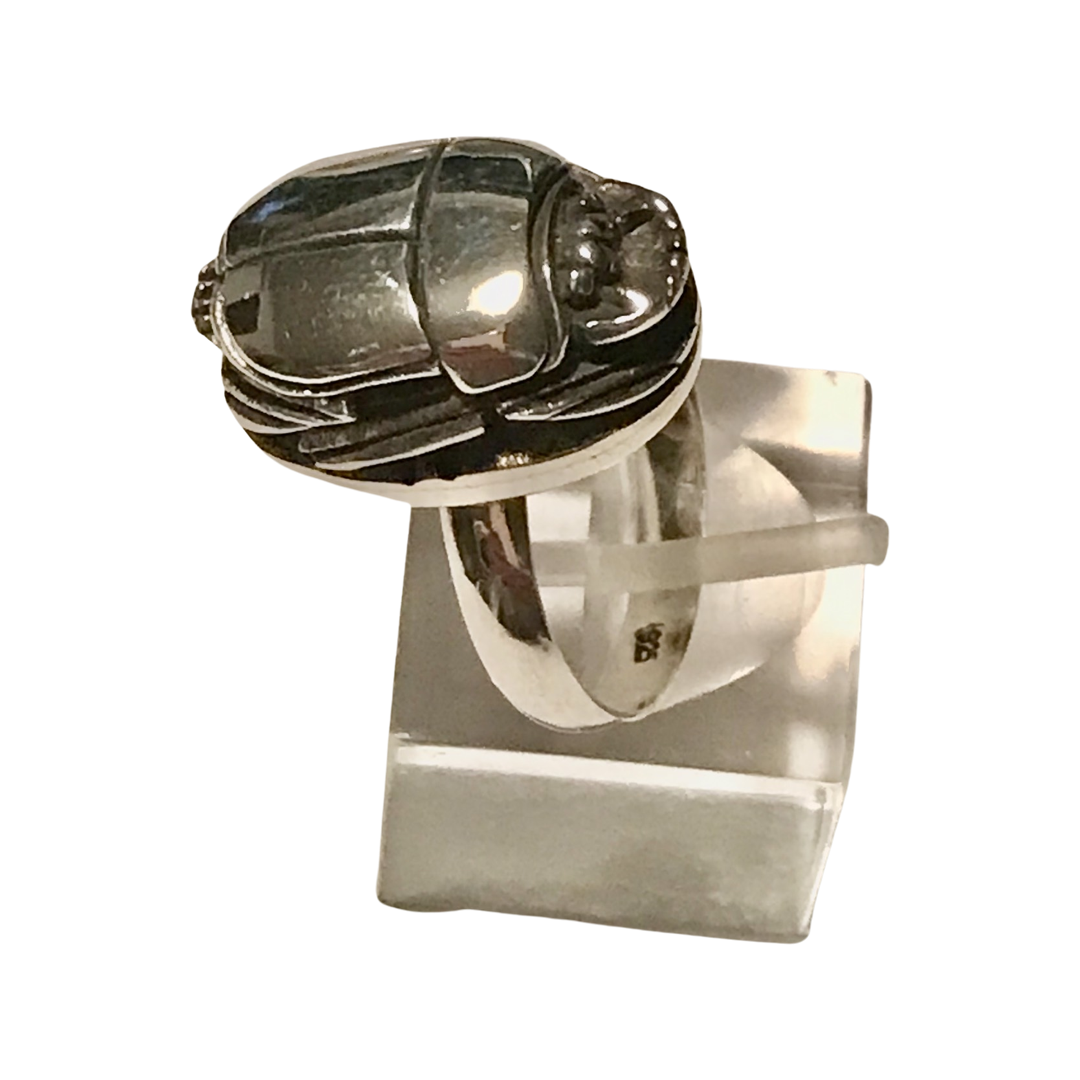
Sterling Silver Sphinx and Lapis Lazuli Pendant
SPHINX: The Sphinx is a mythical creature with the body of a lion and the head of a human. In Egypt the sphinx was viewed as a protective guardian with fierce strength and for this reason they were often placed on either side of Temple doorways and positioned to always face the rising sun (light).
Sterling Silver Sphinx and Lapis Lazuli
Pendant Dimensions: 40mm x 50mm
Weight: 15g

Additional Info
SPHINX: The Sphinx is a mythical creature with the body of a lion and the head of a human. In Egypt the sphinx was viewed as a protective guardian with fierce strength and for this reason they were often placed on either side of Temple doorways and positioned to always face the rising sun (light).
According to the ancient Egyptian cult worship of the sun God ‘RA’ they believed in one supreme God. The sphinx was built to represent the human will (lower ego self) represented by the body of the lion, overcoming its animalistic tendencies and embodying and ascending into its Divine Self (represented by the human face) the higher self overcoming the lower self evolution and ascension.
The Greek civilization depicted the sphinx with the wings of an eagle and added breasts giving them a more feminine look. According to the channeling of the great prophet Edgar Cayce, the survivors of the lot civilization of Atlantis built a room beneath the Great Sphinx in Giza and stored the records and wisdom from their civilization in this room. The History of our Planet is also believed to be recorded and stored within the right shoulder of the Great Sphinx.

